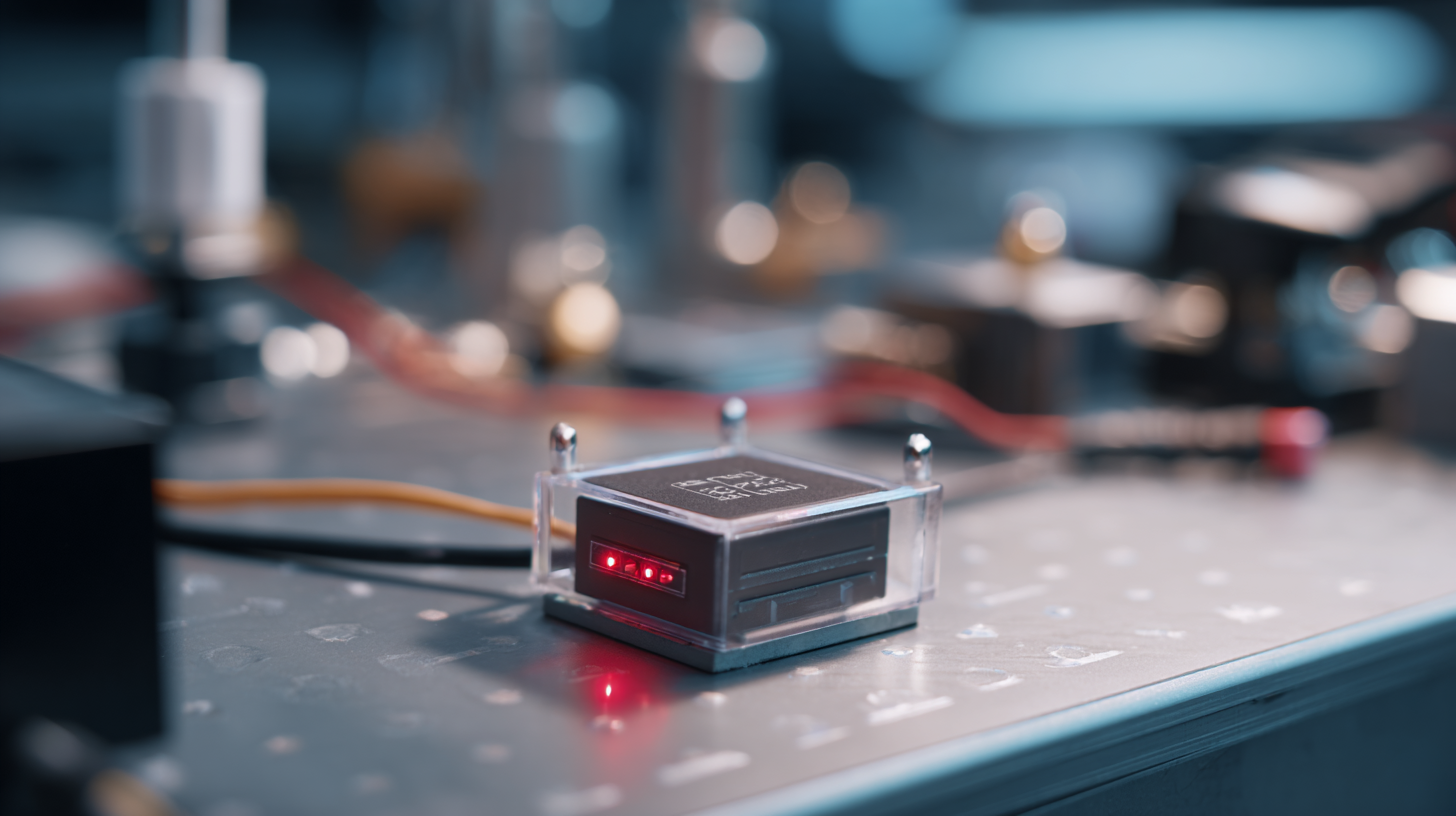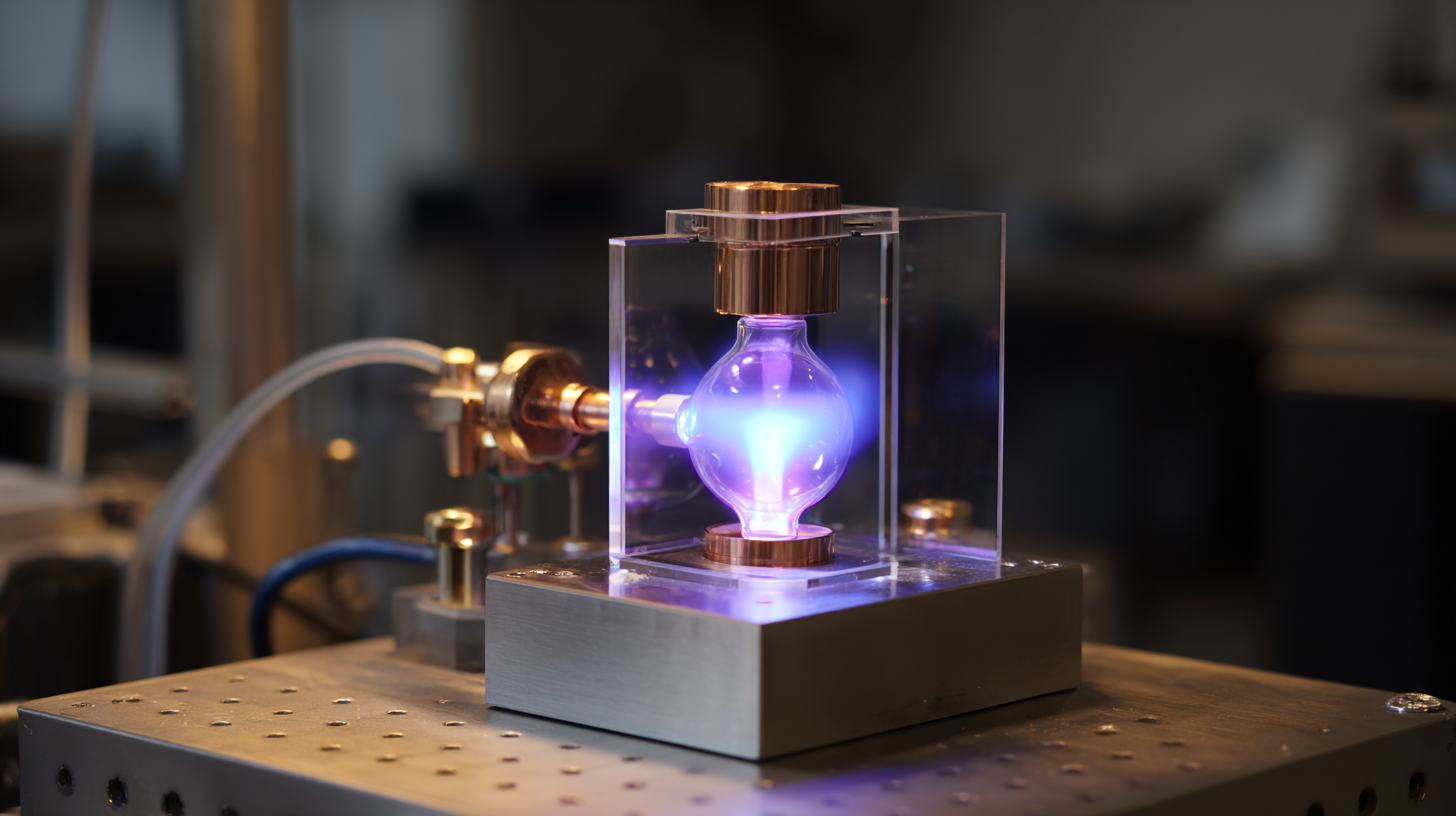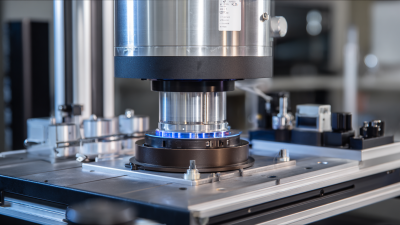Exploring Innovative Applications of Thermal Conductivity Sensors in Modern Technology
In recent years, the advancement of thermal conductivity sensors has revolutionized various sectors within modern technology, leading to innovative applications that enhance efficiency and accuracy in numerous processes. As industries increasingly seek to optimize performance and improve safety, the role of thermal conductivity sensors becomes pivotal. These sensors, which measure the ability of materials to conduct heat, are being employed in diverse fields ranging from healthcare to environmental monitoring, providing real-time data that facilitates informed decision-making.

This article explores the innovative applications of thermal conductivity sensors, highlighting their transformative impact on industries such as manufacturing, energy management, and even food safety. By examining how these sensors are utilized to troubleshoot issues, improve product quality, and ensure compliance with safety regulations, we aim to illuminate the vital role they play in the evolving technological landscape.
Understanding the Principles and Types of Thermal Conductivity Sensors in Technology
Thermal conductivity sensors are essential instruments that measure the ability of materials to conduct heat. These sensors operate based on various principles, with the most common being the transient hot wire method and the guard heat flow technique. The transient hot wire method involves heating a wire and monitoring the temperature change over time, allowing for the assessment of thermal properties. The guard heat flow technique, on the other hand, uses a controlled environment to minimize heat loss, providing precise measurements across different materials.
There are several types of thermal conductivity sensors used in modern technology, each tailored for specific applications. For instance, needle probes are ideal for measuring thermal conductivity in soft materials, while disk-shaped sensors are beneficial for bulk materials. Recent innovations have led to the development of portable and miniaturized sensors, which enable in-situ measurements and real-time data collection in various fields, including electronics, aerospace, and building materials. These advancements highlight the importance of thermal conductivity measurement in optimizing material performance and ensuring the safety and efficiency of technological applications.
Exploring Innovative Applications of Thermal Conductivity Sensors in Modern Technology
| Application Area | Type of Sensor | Measurement Range (°C) | Accuracy (%) | Response Time (s) |
|---|---|---|---|---|
| Building Insulation | Heat Flux Sensor | -50 to 150 | ±2 | <1 |
| Food Processing | Thermal Conductivity Probe | 0 to 100 | ±1 | <2 |
| Heating Systems | Capacitive Thermal Sensor | -20 to 200 | ±0.5 | <3 |
| Renewable Energy | Fiber Optic Sensor | -40 to 300 | ±1.5 | <5 |
| Electronics | Microcontroller-Based Sensor | -10 to 85 | ±0.2 | <0.5 |
Integrating Thermal Conductivity Sensors in Smart Home Systems for Energy Efficiency
The integration of thermal conductivity sensors into smart home systems represents a significant step towards enhancing energy efficiency. These sensors are capable of detecting and measuring the thermal properties of materials, allowing homeowners to gain precise insights into energy consumption patterns. By monitoring the thermal conductivity of various building materials, smart home systems can optimize heating and cooling processes, ensuring a more energy-efficient environment. This not only reduces energy waste but also contributes to lower utility bills, making it an attractive solution for eco-conscious consumers.
Moreover, thermal conductivity sensors can be utilized to regulate the performance of household appliances, such as refrigerators and HVAC systems. By providing real-time data on temperature and heat transfer, these sensors enable smarter control strategies that adjust operation parameters based on actual needs. This dynamic management helps to maintain optimal conditions while minimizing energy usage. As smart home technology continues to evolve, the incorporation of thermal conductivity sensors will play a crucial role in achieving higher levels of sustainability and convenience for users.
Innovative Applications of Thermal Conductivity Sensors in Smart Home Systems
Enhancing Industrial Processes with Advanced Thermal Conductivity Sensor Applications
The integration of advanced thermal conductivity sensors in industrial processes is revolutionizing the way industries manage heat and energy efficiency. According to a report by MarketsandMarkets, the global thermal conductivity sensor market is projected to reach $720 million by 2026, growing at a CAGR of 6.5%. This growth underscores the increasing reliance on precise thermal measurements to enhance efficiency, safety, and sustainability across various sectors, including manufacturing, aerospace, and energy.

In modern manufacturing, thermal conductivity sensors play a pivotal role in real-time monitoring and control of thermal processes. By utilizing these sensors, industries can optimize their thermal management systems, leading to reduced energy consumption and improved product quality. For instance, precise temperature control in processes such as semiconductor fabrication can lead to a 20% increase in yield. Furthermore, in the food and beverage sector, these sensors help maintain uniform cooking temperatures, ensuring both food safety and quality, thus addressing the stringent regulations set forth by organizations like the FDA. The application of thermal conductivity sensors not only enhances operational efficiency but also contributes to a greener footprint through reduced energy waste.
Exploring the Role of Thermal Conductivity Sensors in Environmental Monitoring Solutions
Thermal conductivity sensors have emerged as vital tools in the quest for effective environmental monitoring solutions. These sensors provide real-time data on temperature variations and heat transfer properties, which are essential for understanding various environmental conditions. By measuring the thermal conductivity of soils and water, we can assess pollution levels, track the health of ecosystems, and monitor climate change impacts. Their ability to detect subtle changes in thermal properties enables proactive interventions in environmental management.
Tips: When using thermal conductivity sensors for environmental monitoring, ensure regular calibration to maintain accuracy. Additionally, integrating these sensors with IoT technology can enhance data collection efficiency, allowing for continuous monitoring and analysis.
As industries increasingly focus on sustainability, the application of thermal conductivity sensors extends beyond traditional environmental settings. They are being utilized in urban planning to design smart cities that optimize energy use and improve air quality. By understanding the thermal characteristics of urban materials, planners can implement strategies that foster resilience against heat islands and promote better resource management. Such innovative applications highlight the significance of thermal conductivity sensors in shaping a sustainable future.
Leveraging Thermal Conductivity Sensors for Improved Healthcare Diagnostics and Patient Monitoring
Thermal conductivity sensors are revolutionizing the landscape of healthcare diagnostics and patient monitoring. These sensors can accurately measure the thermal properties of biological tissues, enabling early detection of diseases, monitoring of metabolic rates, and assessment of hydration levels. By analyzing the thermal conductivity of tissues, healthcare professionals can gain insights into underlying health conditions, allowing for timely interventions and personalized treatment plans.
Tips: When integrating thermal conductivity sensors into healthcare systems, consider the calibration of devices to ensure accuracy and reliability. Regular maintenance and updates to the sensor technology can also enhance performance, ultimately leading to better patient outcomes. Training staff on the effective use of these sensors is crucial for maximizing their potential in clinical settings.
Additionally, the non-invasive nature of these sensors makes them particularly valuable for continuous patient monitoring. Patients undergoing treatment can be closely observed without the discomfort associated with traditional monitoring methods. This can lead to improved patient compliance and satisfaction, as well as more accurate real-time data for healthcare providers to make informed decisions.
Tips: For effective patient monitoring, ensure that the data collected from thermal conductivity sensors is integrated with electronic health records (EHRs). This creates a comprehensive view of patient health and facilitates effective communication among healthcare providers, enhancing the quality of care.

Related Posts
-

Ultimate Guide to Mastering Thermal Conductivity Sensors for Enhanced Performance
-

How to Choose the Right Thermal Conductivity Meter for Your Application
-

How to Effectively Measure Thermal Conductivity with Advanced Meters
-

How to Select the Right Heat Flow Meter for Your Industrial Needs
-

How to Choose the Right Equipment for Thermal Conductivity Testing
-

Understanding Thermal Conductivity Testing for Enhanced Material Performance







